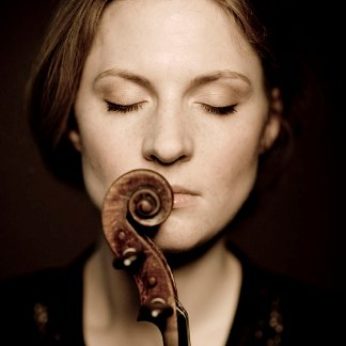Composer: Gabriel Fauré (b. 1845 - d. 1924)
Performance date: 04/07/2012
Venue: Bantry Library
Composition Year: 1876-83
Duration: 00:31:32
Recording Engineer: Anton Timoney, RTÉ lyric fm
Instrumentation Category:Piano Quartet/Piano Quintet
Artists:
Antti Siirala -
[piano]
Andreas Brantelid -
[cello]
Lawrence Power -
[viola]
Tanja Becker-Bender -
[violin]

The huge upsurge in French chamber music in the last decades of
the 19th Century was
substantially due to the foundation of the Societé Nationale de Musique as a
reaction against the superficial glitz of Parisian musical life. The Society
was founded by Saint-Saëns, with the close collaboration of Franck, Lalo,
Duparc, Bizet, Massenet and Fauré. The society was staunchly nationalistic, it
was run by and for French musicians, specifically in opposition to the
dominance of German music. However Fauré, despite being the Society’s
secretary, focused his youthful musical life on the famous Parisian salons,
where he was welcomed as a student of Saint-Saëns.
One of these salons
was that of the famous singer, Pauline Viardot, who was also a brilliant
pianist, spoke five languages and was close friends with most of the literary
figures of the time. She was very taken with Saint-Saëns’ intense but engaging
student, particularly his sense of humour and his passion for dancing. Fauré
quickly fell in love with one of her daughters, but after a long courtship and
engagement, she broke off the relationship, terrified by Fauré’s passionate
nature. Fauré was devastated and his despair affected his music, darkening its
emotional energy. The C minor Piano Quartet was written two years later and
carries the mark of his sorrow.
This work is among Fauré’s
masterpieces. Its powerful sense of sweeping élan, the Parisian elegance of the
scherzo and the darkness buried deep in the adagio bear all the assurance and
craftsmanship of a master. The
strongly rhythmic opening theme is announced immediately by the strings,
seconded by sweeping syncopated chords from the piano. The second subject is in
short graceful phrases, but is rather overwhelmed by the powerful first theme.
The passion of this movement is balanced by the very French elegance of the
Scherzo. The sophisticated banter of the piano is set up against stylish
pizzicato strings, leading to razor-sharp exchanges of melodic exclamations;
the Trio continues in much the same vein, though the strings attempt to wax
sentimental, quickly brushed away by the return of the bantering boulevardiers.
The Adagio theme is introduced by the cello and piano before being
gradually intensified by the successive addition of viola and violin leading to
a powerful crescendo. The sensuous second subject is also stated first in the
strings with the piano just accompanying but eventually all four instruments
work up a passionate climax leading to a return of the opening, with the second
theme eventually reappearing as the coda, to end pianissimo.
Fauré discarded his
original finale, writing a new one four years later. This is by far the most
extrovert movement in the work, ecstatic and violent in mood, contrasting the
manic energy of the first theme with a passionately beautiful love theme. This
movement has less and less time for quiet lyricism and virtuosity, vigour and
virility increasingly take over, leading eventually to a fiery conclusion.
Copyright © 2025 West Cork Music. All rights reserved.
Designed and developed by Matrix Internet